I enjoyed the RCA WIP show. As messy and as ‘in progress’ as you’d want it to be. There was an honesty that university final shows have lost, I think.
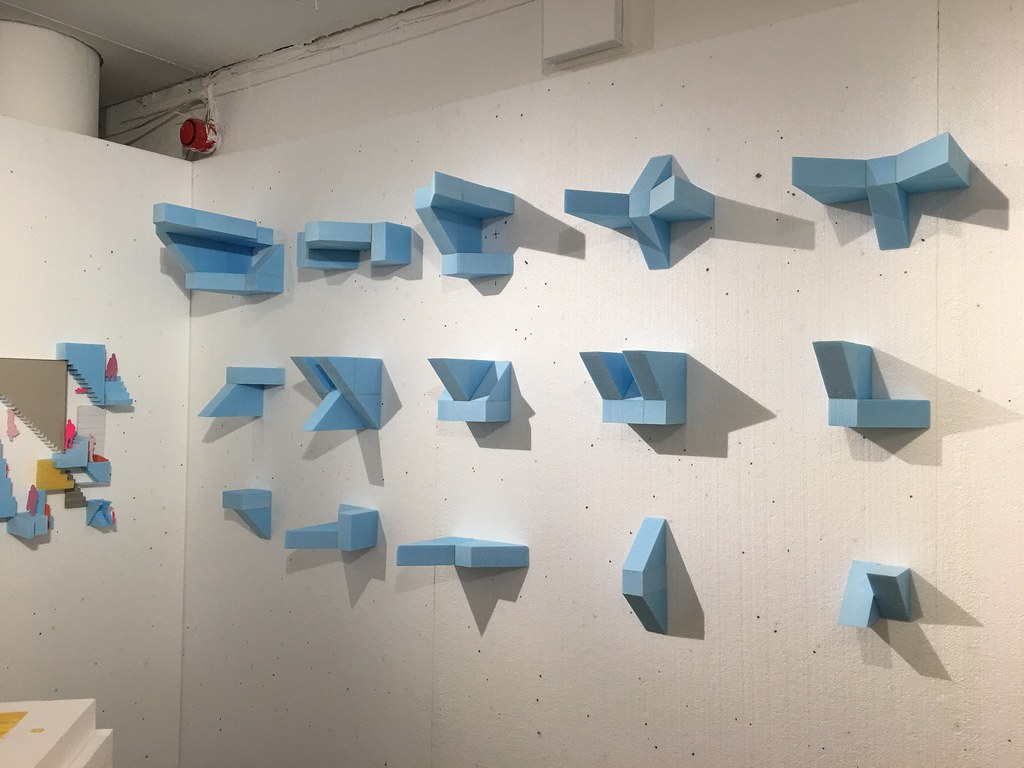
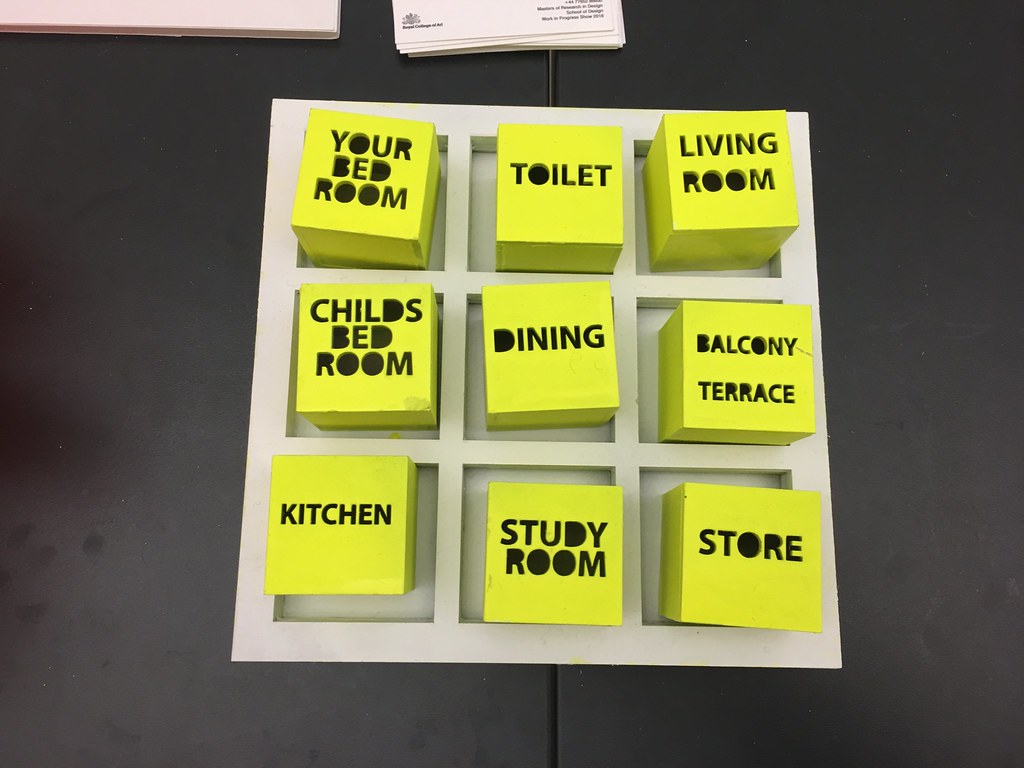

The Service Design course seems to get better every year. Some really good thinking there, although it’s hard to get that across in a ‘show’. (Again - some design course should take on the UX of the Final Show.)
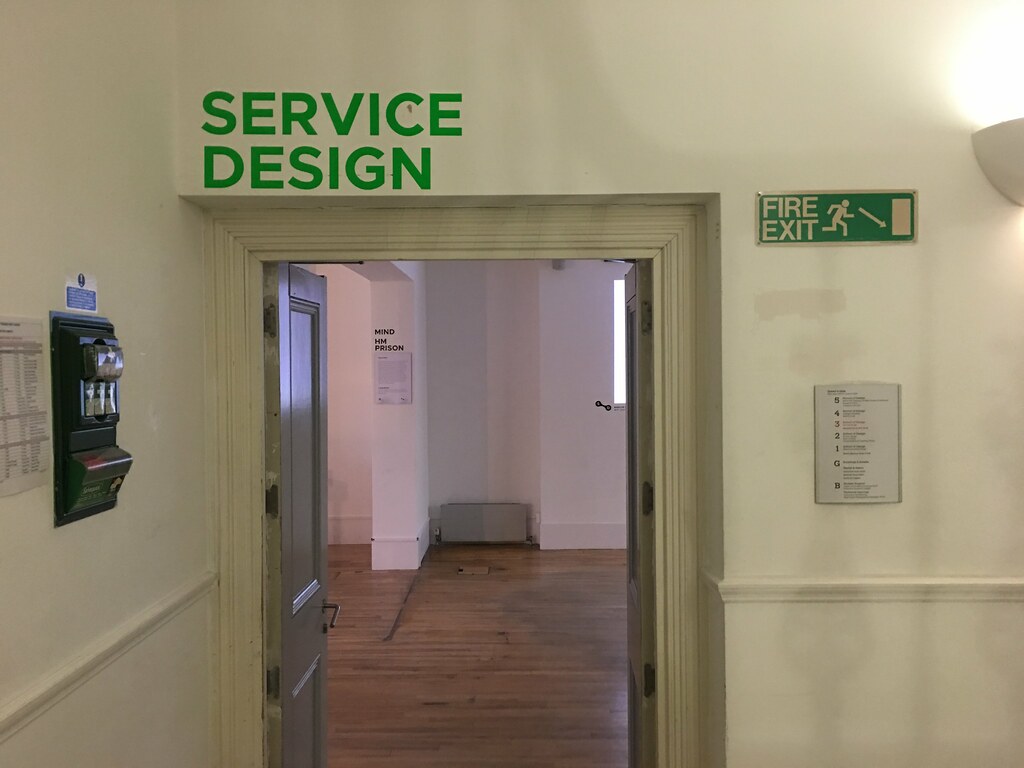
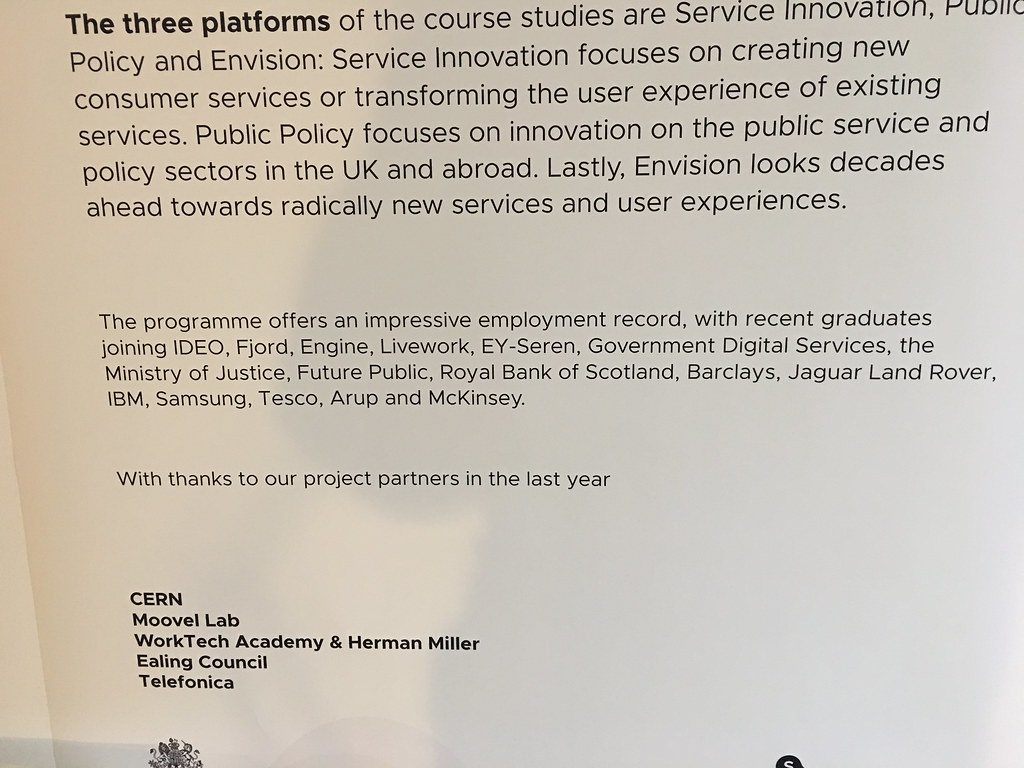
Good company.
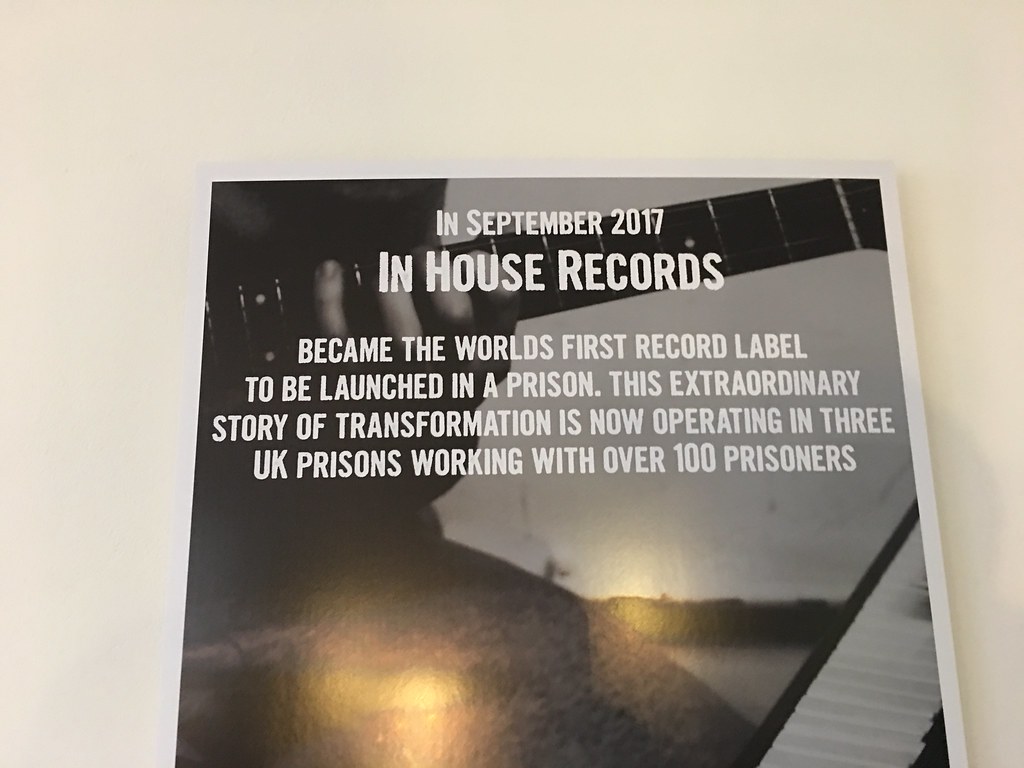
I popped into the automotive design bit which was split pretty hard into two sections - Vehicle Design and Intelligent Mobility. Might be my weary brain but this felt like a real moment in time. I’m used to automotive design shows being all THOSE drawings but the Intelligent Mobility genuinely felt different. (Update, looks like IM is replacing VD as a course.)
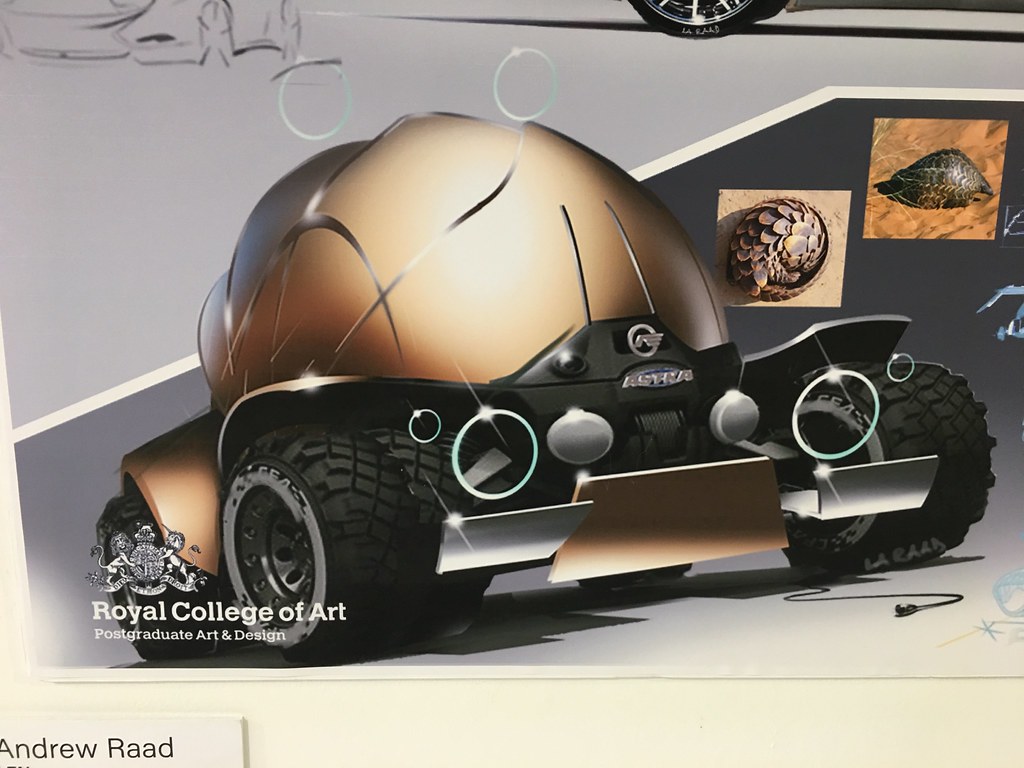
Unfortunately I don't have many pictures from this.
Three thoughts, three zoom levels.
1x Maybe Boris Bikes and Oyster cards have finally broken everyones mental model of transport for the better. In London at least. Greater adoption of electric cars seems to have given everyone the freedom to think differently. Why has the source of power caused that shift? What can you do with an electric motor that you can’t with a petrol engine?
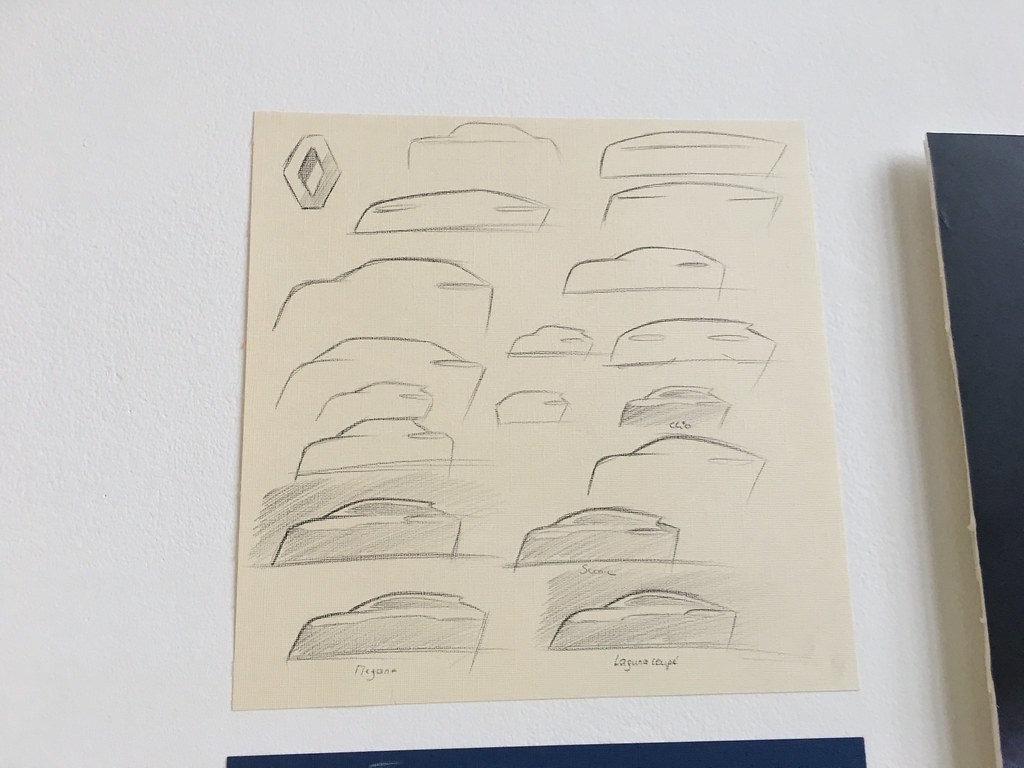
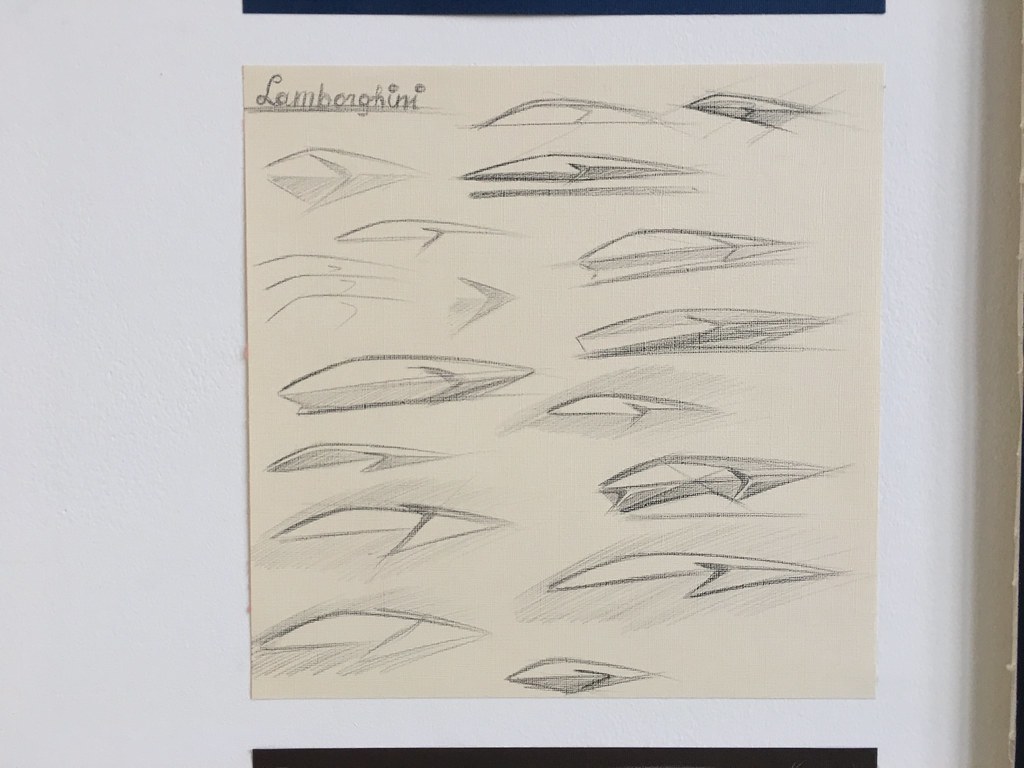
10x Here’s a funny thing. Some sketches of cars, or of the common shapes and lines of cars, but grouped by brand. This felt really odd to me. The brand feels entirely superfluous. Especially in an environment where you are starting from a blank canvas. What’s the role of the brand here - could you really say a particular brand of car has a distinctive style of design any more? Lamborghini maybe, but Renault? Any of the other mainstream car brands?
Especially when they are all owned by just three or four holding companies.
100x As “mobility” means service more than vehicle, what’s the role of the brand? The product is the service… How many other brands + products can you say that about? The service provider will become more important the product provider which has huge implications for brands (companies) that sell physical products. Barclays Boris Bikes vs Santander Cycles? Does anyone care?
We’ve been talking about this for ages, but I’ve never really thought about through the lens of a design style. How do you replicate a distinctive design in a service? A digital (invisible) service? If you can switch service between products how can you maintain a distinctive design style? When there’s no visible interface? Much opportunity here I think. (I imagine others have written about this a lot.)
Who's the Battista Farina of service design?
I don't think I'm making much sense.
Anyway.


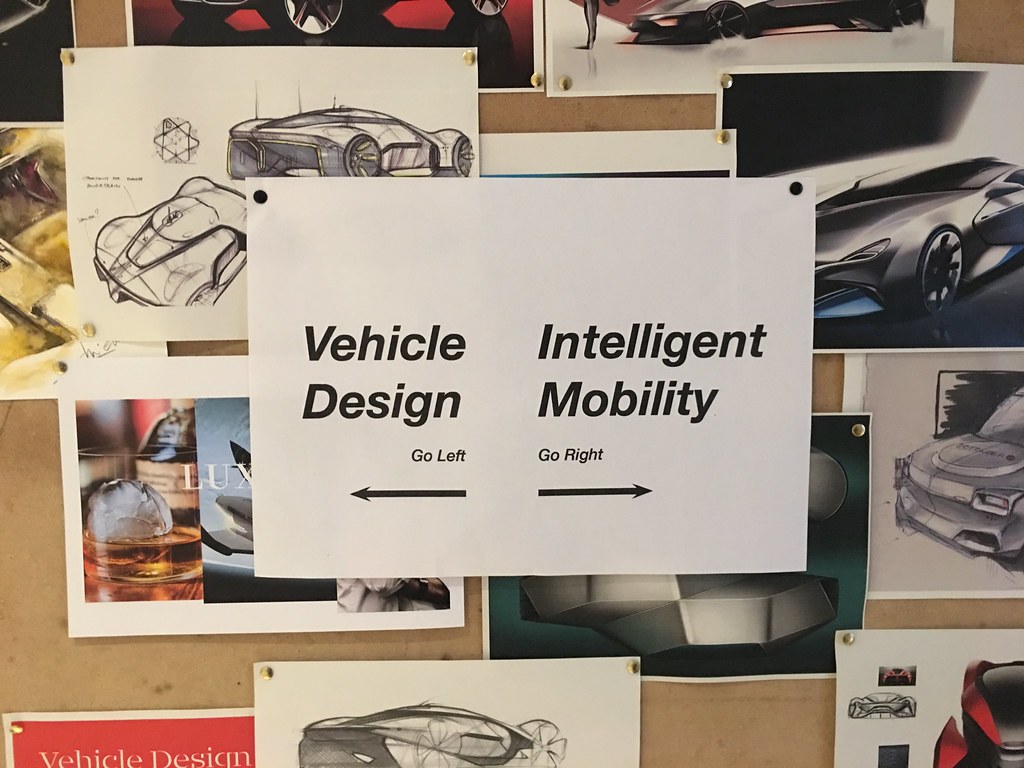

Comments